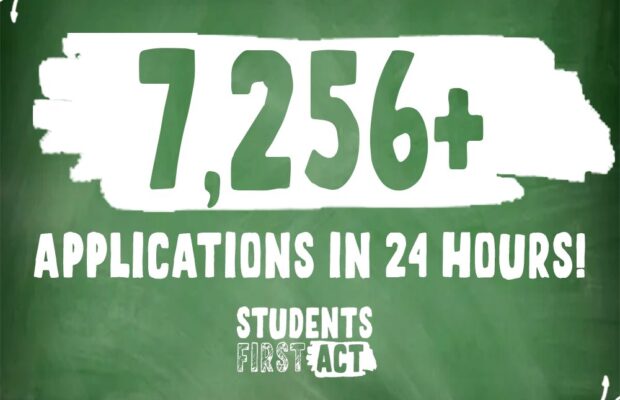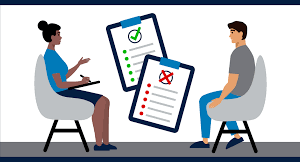Student First Act disproportionately siphons state funds for private schools

The Student First Act is a new Iowa plan to provide funding for private schools, in order to make them more available to people who would not have been able to previously afford them.The idea is that the state would provide vouchers to the private schools for students who didn’t pay up front, similar to public schools. The issue is that the money that would fund the private schools came from the public school fund.
In essence, school funding in Iowa works by taking a portion of the tax money and putting it in one giant fund. As the year goes on, public schools can take money out of the fund as needed based on how many students are in attendance. Private schools function as more of a for profit business, and have individual funds paid for directly by the attending students.
The Student First Act, however, allows private schools to take money from the Iowa education fund and use it to vouch for students who cannot otherwise afford private school. While the intentions are good, this has created previously unforeseen complications.
First, was the dramatic increase in private school attendance. The Student First Act essentially states that for families with a household income of under $90,000 a year for a family of four, they would receive the option to be given $7,600 to pay for a private school tuition. This money would be taken from the education fund, which wasn’t sustainable when many students began dropping out of public school in favor of the private option. The drop in students meant that public schools receive less money from the state.
This is still an issue for the state, as the Student First Act also states that public schools would be compensated $1,200 per student who leaves the public school system to attend private school.
The state is now effectively running out of money to vouch for students who dropped out of public school and to compensate the public schools, which means the Student First Act came with an unforeseen issue regarding where private schools are located. Not every county in Iowa has a private school, but must pay the education tax. Out of the total 99 counties in Iowa, the top 10 would receive 60 percent of the money from approved vouchers.
State accountant Jim Mezra explained that the amount of approved applications exceeded the state’s projections by more than 4,000 individuals. There is no cap on the program, so every approved application will be funded, regardless of cost.
This inevitably is going to siphon money away from public schools, who are already struggling financially. Public schools had around 486,000 students attend the 2022-2023 school year, while private schools only had around 33,700.









You must be logged in to post a comment Login